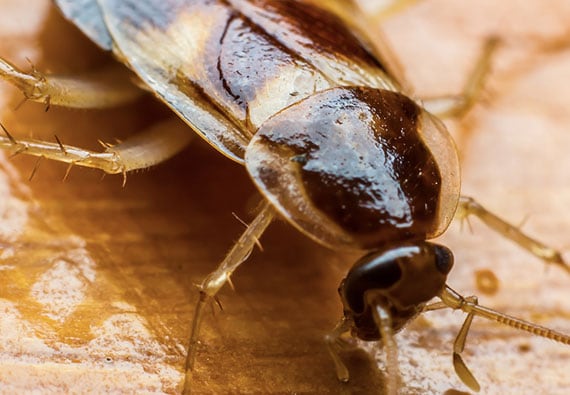Dealing with roaches can be both unpleasant and extremely difficult. The mere sight of a cockroach in or around the house can be anxiety-inducing for many people. While they usually don’t bite or contain any venom, roaches’ swift movements, prevalence, and high survival rates have made them one of the most feared and hated pests in the world.
Even though it’s rare for cockroaches to directly harm people, they’re known for being particularly dirty pests and can quickly spread bacteria and disease. If they’re causing an infestation, they’re also known to produce unpleasant odors and stains with their excrement. To prevent this, it’s critical to act fast once you notice roaches in or around your home.
Along with consulting a professional, several proven strategies can help you quickly rid your property of roaches, as well as some simple proactive measures that you and your family can take to reduce the chances of an infestation occurring.

